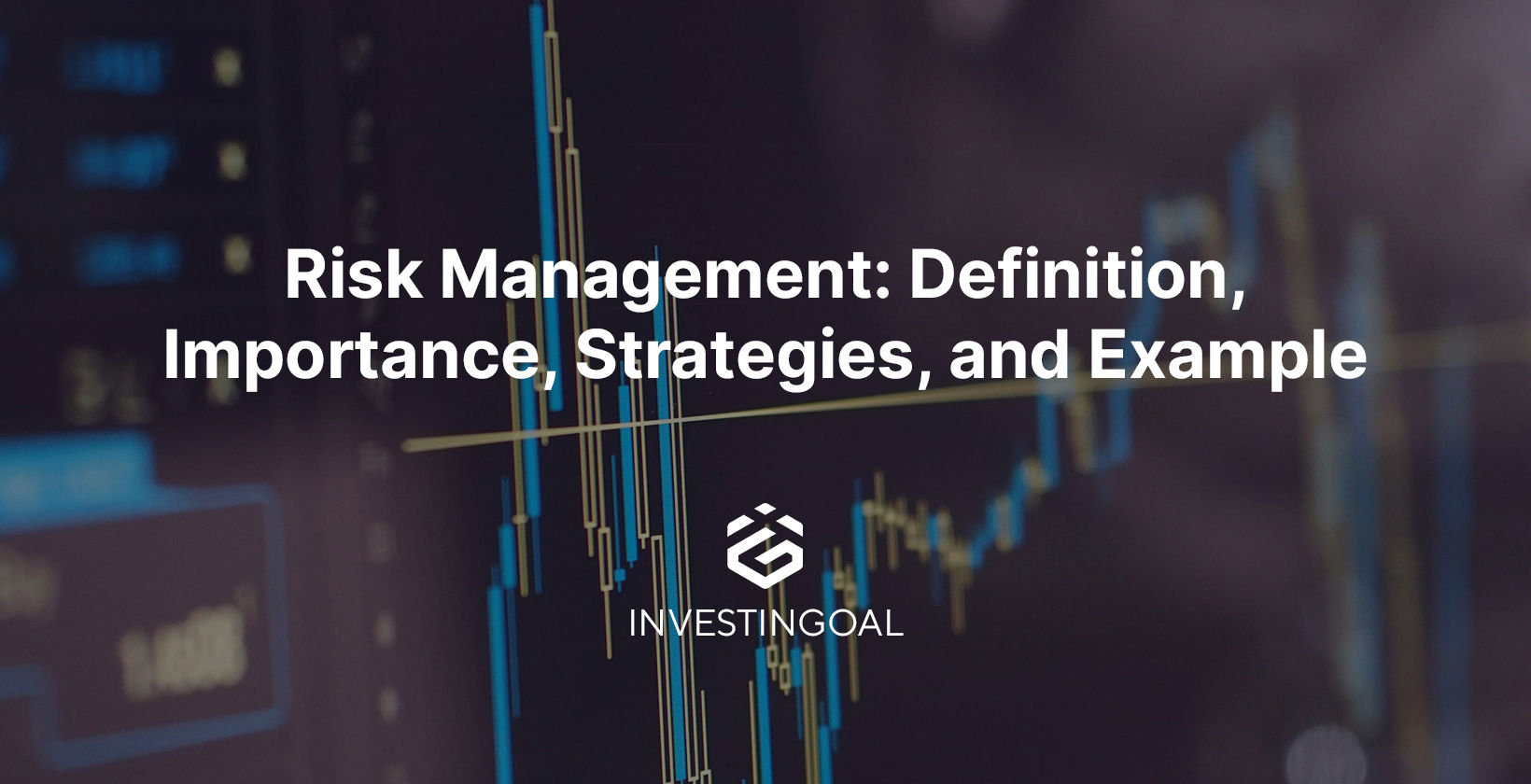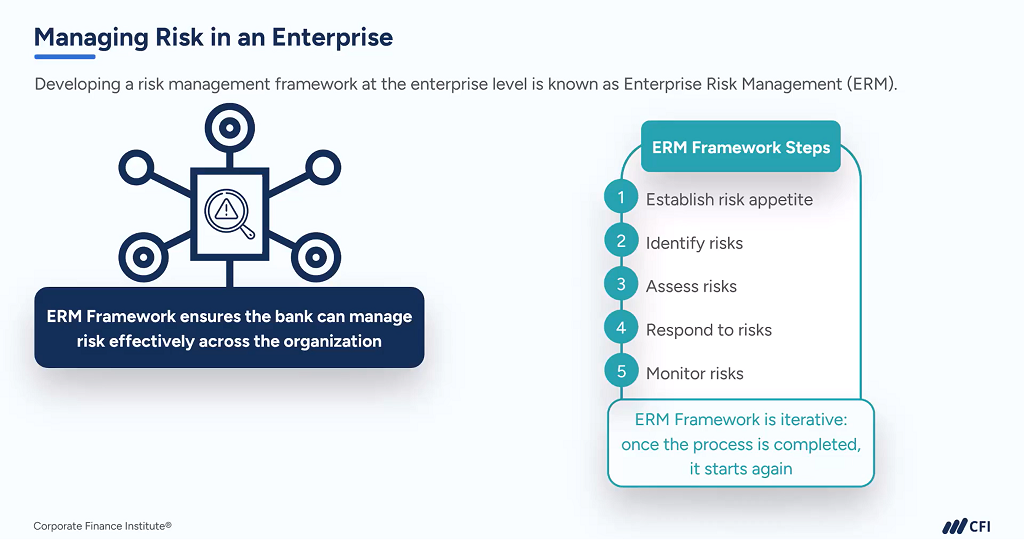The Essential Importance of Risk Management in Monetary Decision Making
The Essential Importance of Risk Management in Monetary Decision Making
Blog Article
The Relevance of Recognizing the Relevance of Risk Management in Different Industries

The Core Concept of Risk Management and Its Objective
Risk Management, the cornerstone of many sectors, hinges on the identification, examination, and mitigation of uncertainties in a service environment. By appropriately determining prospective threats, organizations can create methods to either avoid these risks from taking place or decrease their influence. When risks have actually been determined and evaluated, the reduction process involves designing methods to reduce their possible effect.
Benefits of Executing Risk Management in Organization Workflow

Unveiling the Function of Risk Management in Different Industries
While every industry confronts its unique set of risks, the implementation of Risk Management strategies stays a common in their pursuit of sustainability and development. In the healthcare market, Risk Management entails ensuring patient safety and information defense, while in financing, it includes mitigating investment risks and guaranteeing regulatory conformity. Ultimately, the function of Risk Management across sectors is to identify, evaluate, and minimize risks.
Real-life Situation Research Studies Showing Successful Risk Management
To understand the importance of Risk Management in these lots of fields, one can look to a number of real-life circumstances that illustrate the effective application of these measures. Toyota, upload the 2011 earthquake in Japan, changed its supply chain Management to reduce disruption risks. These situations demonstrate how industries, finding out from crises, properly applied Risk Management strategies to lower future threats.
Future Trends and Growths in Risk Management Strategies
Cybersecurity, once a peripheral problem, has actually catapulted to the center of Risk Management, with methods focusing on feedback, avoidance, and discovery. The combination of ESG (Environmental, Social, Governance) variables into Risk Management is an additional expanding pattern, mirroring the enhancing acknowledgment of the duty that ecological and social dangers play in service sustainability. Hence, the future of Risk Management exists in the fusion of advanced modern technology, ingenious strategies, and an alternative method.
Conclusion
In final thought, understanding the significance of Risk Management across a spectrum of markets is crucial for their longevity and success. Inevitably, effective Risk Management adds to more resistant and lasting services, highlighting the significance of this method in today's vibrant and highly competitive company environment.
While every industry faces its one-of-a-kind set of dangers, the execution of Risk Management strategies continues to be a common in their pursuit of sustainability and development. In the medical care industry, Risk Management entails visit this web-site making sure person security and information security, while in finance, it involves mitigating investment threats and making sure regulative conformity. Eventually, the role of Risk Management across sectors is to determine, examine, and reduce dangers. These instances show how markets, discovering from dilemmas, efficiently applied Risk Management methods to reduce future threats.

Report this page